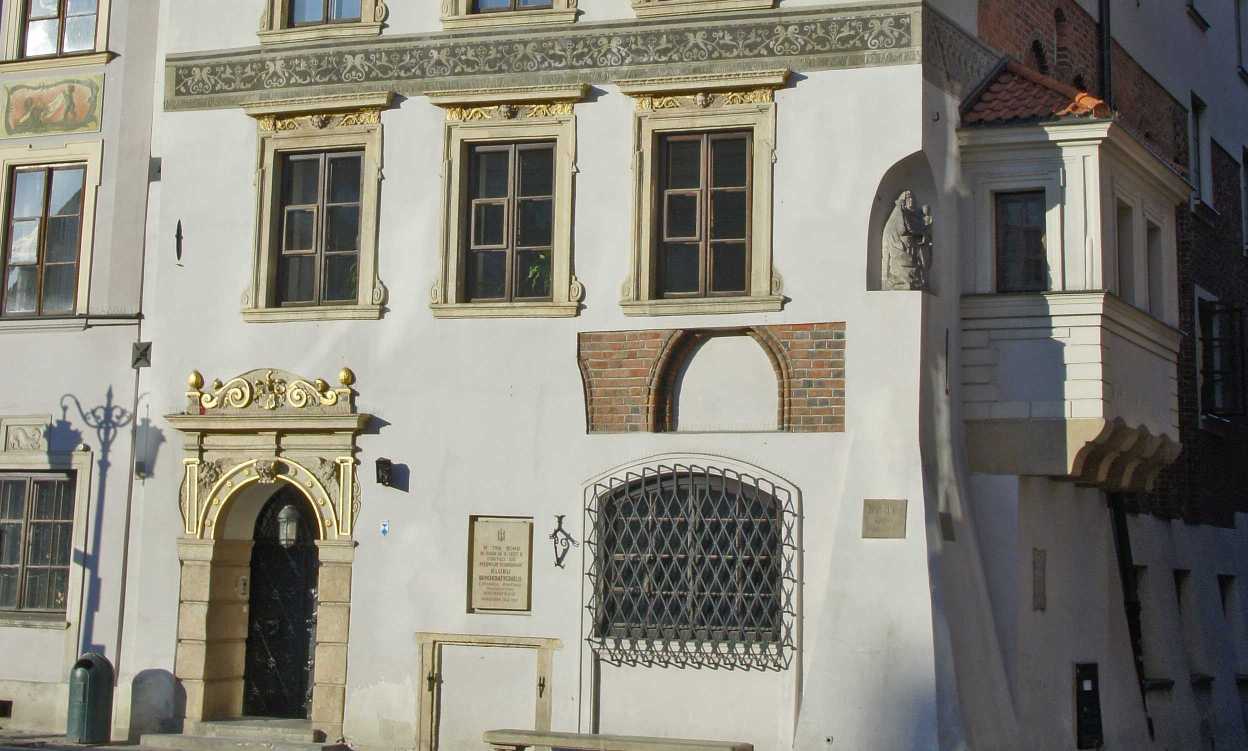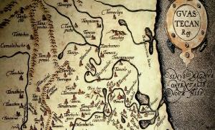Activity
Canonical URL http://www.cidoc-crm.org/cidoc-crm/E7_Activity
Activity
Activité
Atividade
Działanie
Handlung
Δράση
Деятельность
活动
This class comprises actions intentionally carried out by instances of E39 Actor that result in changes of state in the cultural, social, or physical systems documented. This notion includes complex, composite and long-lasting actions such as the building of a settlement or a war, as well as simple, short-lived actions such as the opening of a door.
| Property | Expected type | Definition |
|---|---|---|
| P125_used_object_of_type |
E55_Type
|
This property defines the kind of objects used in an E7 Activity, when the specific instance is either unknown or not of interest, such as use of "a hammer". |
| P134_continued |
E7_Activity
|
This property associates two instances of E7 Activity, where the domain is considered as an intentional continuation of the range. A continuation of an activity may happen when the continued activity is still ongoing or after the continued activity has completely ended. The continuing activity may have started already before it decided to continue the other one. Continuation implies a coherence of intentions and outcomes of the involved activities. |
| P134i_was_continued_by |
E7_Activity
|
|
| P14_carried_out_by |
E39_Actor
|
This property describes the active participation of an E39 Actor in an E7 Activity. It implies causal or legal responsibility. The P14.1 in the role of property of the property allows the nature of an Actor’s participation to be specified. |
| P15_was_influenced_by |
E1_CRM_Entity
|
This is a high level property, which captures the relationship between an E7 Activity and anything that may have had some bearing upon it. The property has more specific sub properties. |
| P16_used_specific_object |
E70_Thing
|
This property describes the use of material or immaterial things in a way essential to the performance or the outcome of an E7 Activity. This property typically applies to tools, instruments, moulds, raw materials and items embedded in a product. It implies that the presence of the object in question was a necessary condition for the action. For example, the activity of writing this text required the use of a computer. An immaterial thing can be used if at least one of its carriers is present. For example, the software tools on a computer. Another example is the use of a particular name by a particular group of people over some span to identify a thing, such as a settlement. In this case, the physical carriers of this name are at least the people understanding its use. |
| P17_was_motivated_by |
E1_CRM_Entity
|
This property describes an item or items that are regarded as a reason for carrying out the E7 Activity. For example, the discovery of a large hoard of treasure may call for a celebration, an order from head quarters can start a military manoeuvre. |
| P19_was_intended_use_of |
E71_Man-Made_Thing
|
This property relates an E7 Activity with objects created specifically for use in the activity. This is distinct from the intended use of an item in some general type of activity such as the book of common prayer which was intended for use in Church of England services (see P101 had as general use (was use of)). |
| P20_had_specific_purpose |
E5_Event
|
This property identifies the relationship between a preparatory activity and the event it is intended to be preparation for. This includes activities, orders and other organisational actions, taken in preparation for other activities or events. P20 had specific purpose (was purpose of) implies that an activity succeeded in achieving its aim. If it does not succeed, such as the setting of a trap that did not catch anything, one may document the unrealized intention using P21 had general purpose (was purpose of):E55 Type and/or P33 used specific technique (was used by): E29 Design or Procedure. |
| P21_had_general_purpose |
E55_Type
|
This property describes an intentional relationship between an E7 Activity and some general goal or purpose. This may involve activities intended as preparation for some type of activity or event. P21had general purpose (was purpose of) differs from P20 had specific purpose (was purpose of) in that no occurrence of an event is implied as the purpose. |
| P32_used_general_technique |
E55_Type
|
This property identifies the technique or method that was employed in an activity. These techniques should be drawn from an external E55 Type hierarchy of consistent terminology of general techniques or methods such as embroidery, oil-painting, carbon dating, etc. Specific documented techniques should be described as instances of E29 Design or Procedure. This property identifies the technique that was employed in an act of modification. |
| P33_used_specific_technique |
E29_Design_or_Procedure
|
This property identifies a specific instance of E29 Design or Procedure in order to carry out an instance of E7 Activity or parts of it. The property differs from P32 used general technique (was technique of) in that P33 refers to an instance of E29 Design or Procedure, which is a concrete information object in its own right rather than simply being a term or a method known by tradition. Typical examples would include intervention plans for conservation or the construction plans of a building. |
| Property | On types | Definition |
| P125i_was_type_of_object_used_in |
E55_Type
|
|
| P134_continued |
E7_Activity
|
This property associates two instances of E7 Activity, where the domain is considered as an intentional continuation of the range. A continuation of an activity may happen when the continued activity is still ongoing or after the continued activity has completely ended. The continuing activity may have started already before it decided to continue the other one. Continuation implies a coherence of intentions and outcomes of the involved activities.
|
| P134i_was_continued_by |
E7_Activity
|
|
| P14i_performed |
E39_Actor
|
|
| P15i_influenced |
E1_CRM_Entity
|
|
| P16i_was_used_for |
E70_Thing
|
|
| P17i_motivated |
E1_CRM_Entity
|
|
| P19i_was_made_for |
E71_Man-Made_Thing
|
|
| P20i_was_purpose_of |
E5_Event
|
|
| P21i_was_purpose_of |
E55_Type
|
|
| P32i_was_technique_of |
E55_Type
|
|
| P33i_was_used_by |
E29_Design_or_Procedure
|
| predicate | object |
|---|---|
| comment |
"This class comprises actions intentionally carried out by instances of E39 Actor that result in changes of state in the cultural, social, or physical systems documented.
This notion includes complex, composite and long-lasting actions such as the building of a settlement or a war, as well as simple, short-lived actions such as the opening of a door.
"@en
|
| label |
"Activity"@en
"Activité"@fr "Atividade"@pt "Działanie"@pl "Handlung"@de "Δράση"@el "Деятельность"@ru "活动"@zh |
| type |
owl:Class
|
| subClassOf |
E5_Event
|

